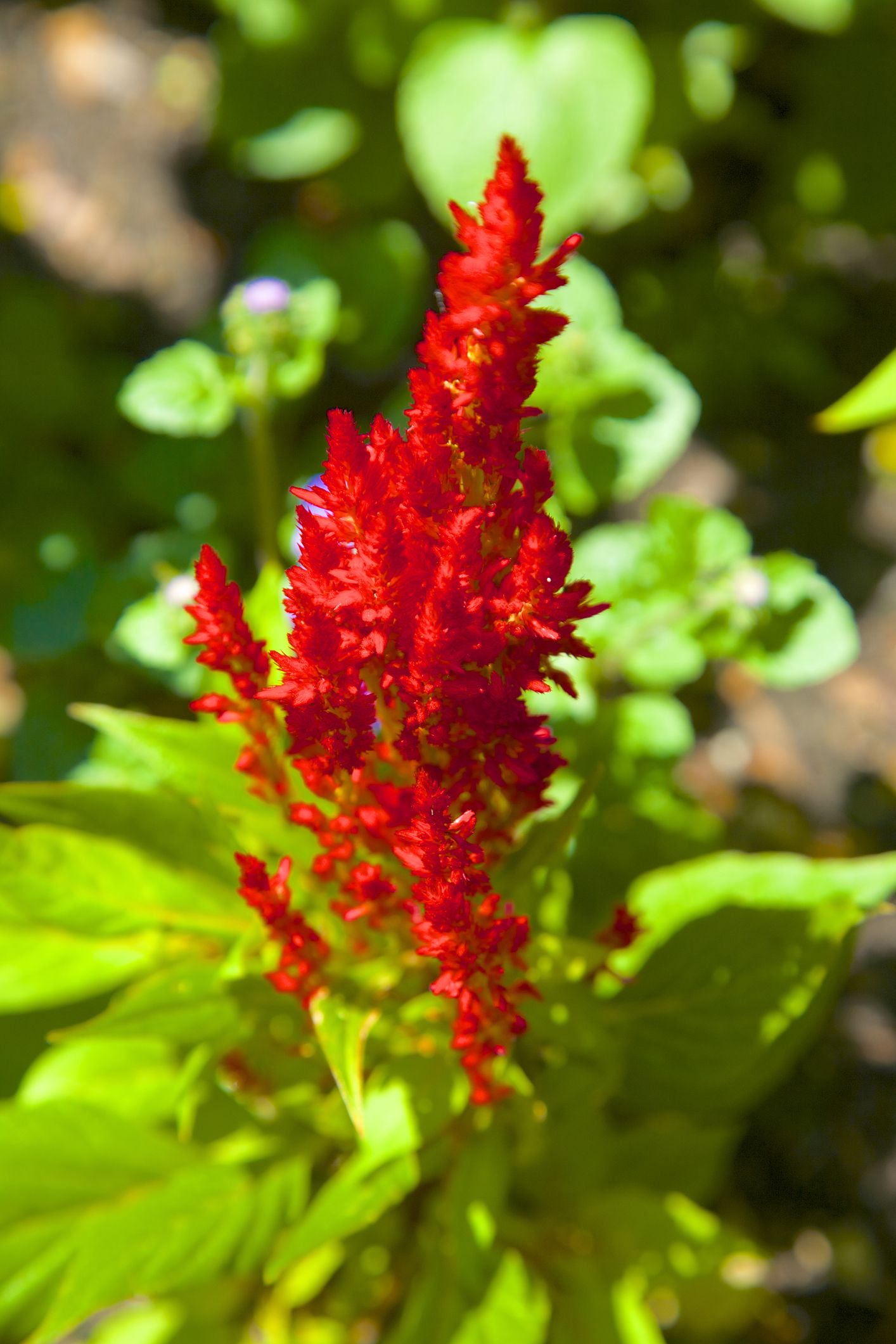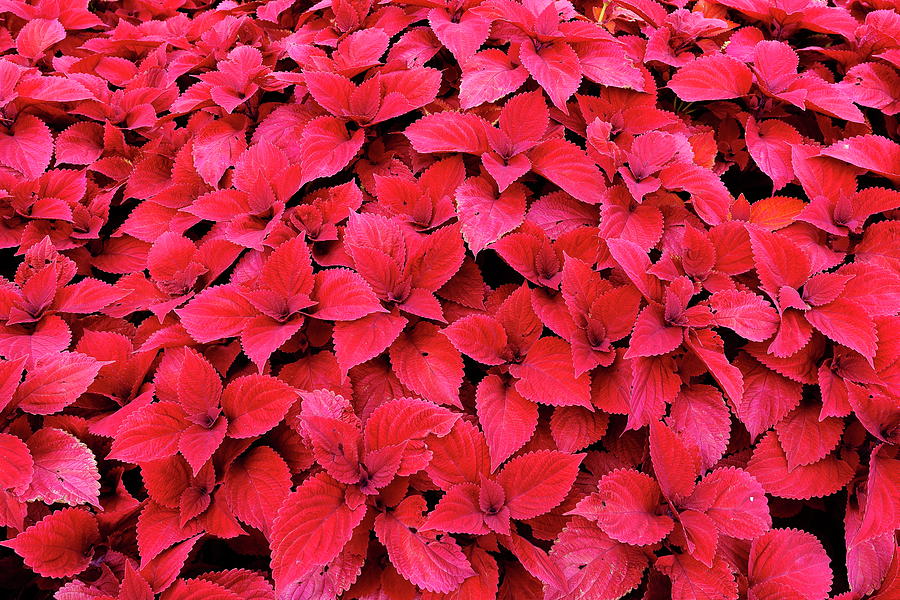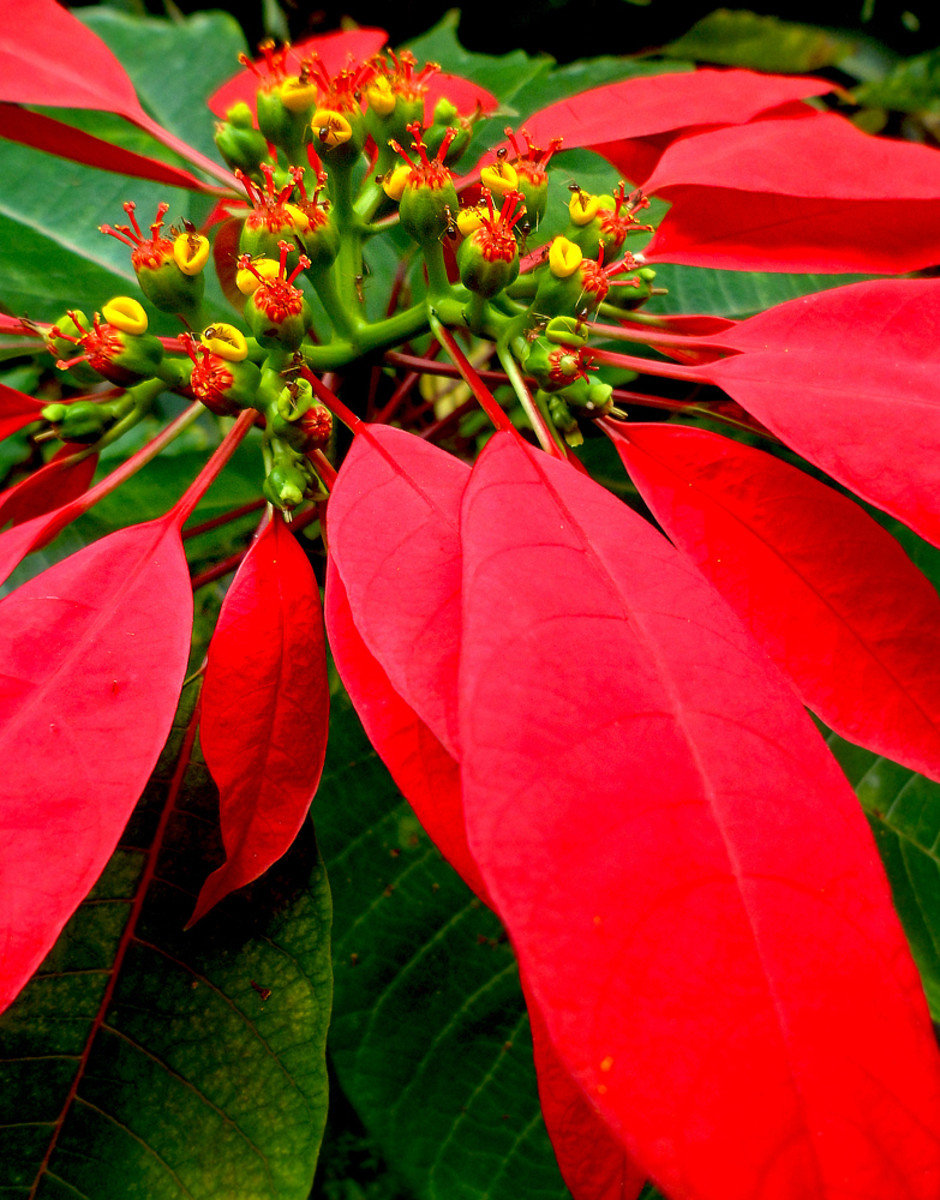The Secret Life of Red Plants: Beauty, Benefits, and Care Tips Revealed

Red plants are often touted as the fast track to instant drama in your home or garden—just pick a “vibrant” variety, water regularly, and enjoy endless color. That’s the myth. The reality? Most popular red plants lose their punch within weeks, turn muddled brown, or flat-out die unless you ignore most of what mainstream advice tells you.

Let’s question the usual script. Forget the “easy” lists and glossy Instagram feeds—here’s how I actually find lasting, eye-popping reds that don’t become just another faded disappointment on my windowsill. This is about real results, not recycled advice.
Stop Chasing Colorful Fads—Start with Your Worst Habits
The first mistake everyone makes: picking plants for their looks, then hoping their lifestyle will magically adapt. Red coleus is always recommended because it seems bulletproof…until you discover it demands constant pinching and moisture vigilance. My first attempt? Crispy burgundy skeletons by July (hello, heatwave and forgotten watering can).
Instead of asking “Which red plant is prettiest?” start with:
What kind of gardener am I when I’m at my laziest or busiest?
If you travel often, hate fussing with daily watering, or have zero south-facing windows, honor that reality first. You’ll save yourself countless wilted casualties—and money.

Skip “Beginner-Friendly”—Go for Survivors with Real-World Grit
Here’s a truth few nurseries mention: half the so-called “easy” reds only look good under greenhouse conditions or in filtered light demos—not real homes. Want proof? Visit a big-box store in August—check those bargain racks for browning coleus and leggy bromeliads tossed aside by frustrated buyers.
So what actually survives (and stays red) without daily attention?
Outdoor Reality Checks
-
Japanese Maple ‘Bloodgood’
- Outperforms annuals—my neighbor’s tree shrugs off droughts and neglected mulch.
- Leaves go deep garnet without babying; stays vivid even after our midwest hailstorms.
- Downside: Needs several years to create impact—but it lasts decades versus fussy annuals.
-
Red Salvia
- After planting in crummy clay soil during a record-hot June, mine still bloomed into November.
- Unlike coleus (which bolts or pouts if ignored), salvia handles missed waterings far better.
Indoor Staples That Don’t Care If You’re Distracted
-
Aglaonema ‘Siam Aurora’
- Ignore every “water weekly!” warning—I’ve gone three weeks between drinks in low winter light; leaves just shine brighter.
- Survived near-fatal root rot (my fault) but bounced back after chopping off mushy roots—a true comeback kid.
-
Anthurium
- Famed as hard-to-kill but punished me for overwatering more than underwatering.
- Finally thrived after I put it in a small terracotta pot (better airflow); lesson: resist flashy ceramics trapping moisture.
-
Bromeliad
- Everyone says “bright indirect light only,” but my healthiest lasted two years under glaring office fluorescents—yes, really.
- Secret? Rinse out the center cup monthly to prevent rot from stagnant water.
Photos help narrow things down—but here’s my anti-trend tip: don’t trust stock images online; ask local nurseries which red varieties won their toughest plant contests last season. That’s where the real survivors get named.
Contrarian Light & Maintenance Rules
You’ve likely heard that red pigment needs lots of sun to stay bold—and while this is true for some species, it kills others faster than anything else.
- Aglaonema reddens up even under north-facing windows where succulents sulk.
- Coleus gets crispy-lobed in midday summer sun but thrives in dappled shade behind taller foliage.
- Bromeliads kept too dry or sunny lose their central flush (I learned this after one sad winter on a south-facing shelf).
Here’s what I do now:
- Place new reds somewhere inconvenient—the edge of a table I pass daily—to force myself to notice when they need help before disaster strikes.
- Water less frequently but more deeply; I let aglaonema dry out completely before dousing (it resents soggy roots way more than thirst).

The Hidden Cost No One Tells You About
It isn’t just dollars spent up front—it’s time wasted chasing replacements when trendy picks inevitably die off.
My 2019 tally: $56 lost on two failed batches of big-box coleus versus $18 spent once on an aglaonema that survived three office moves and seven missed waterings.
Bottom line: buying fewer plants that actually fit your indifference level costs less—not just in cash, but attention span too.
Go Against the Grain When Problem-Solving
Everyone goes looking for fertilizer at the first sign of fading color—but nine times out of ten it’s either bad initial stock or wrong location ruining your reds:
- If leaves dull? Move them closer to morning sunlight—not midday scorchers—or try a cheap grow bulb ($15 on Amazon does wonders).
- Drooping stems? Repot into fast-draining mix instead of dumping more water.
- Browning tips indoors? Boost humidity by clustering plants together rather than splurging immediately on a humidifier.
For mystery varieties from garden swaps or neighbors’ cuttings—a quick snap with PlantNet usually ID’s them faster than any forum post does these days.

Real Stories from Plant Failure Land
- The year I tried packing six coleus into one tiny balcony box…they burned up by July 4th despite following all watering tips; meanwhile, my lone Japanese maple seedling thrived untouched nearby.
- My friend Erica killed her bromeliad twice by loving it too much (“I filled its cup every morning!”). Switching her to aglaonema stopped the carnage—now she brags about letting her soil go bone-dry between reminders from her phone.
Every so-called black thumb turns green after realizing most houseplant deaths come from trying too hard—or trusting generic one-size-fits-all instructions blindly.
Let Your Space Dictate Your Plant—Not Vice Versa
Ultimately, pretty much anyone can keep red alive if they quit fighting nature:
- Forget strict schedules; set reminders based on visible cues (limp leaves = check soil).
- Prioritize rugged breeds proven by local gardeners rather than chasing supermarket deals or influencer favorites.
- Accept failure as free feedback (“Oh—that corner is basically a cave!”).
If you’re still itching for something new:
Pick one red plant this weekend based solely on where you hang out most at home/work—not what looks best online. Add a sticky note with today’s date; see how long it lasts before needing rescue care—and take pride if you make it past month one! Even failures are valuable data points.
—
In short: ignore the hype cycles and buzzword lists. Red foliage rewards those who match reality over aspiration—and sometimes all that takes is lowering expectations enough to give your next survivor room to prove itself worthy of space…and neglect!
So which corner will your next “impossible to kill” splash of crimson go? And will you dare let yourself forget to water—just this once—to see if tough love brings out its best color yet?



